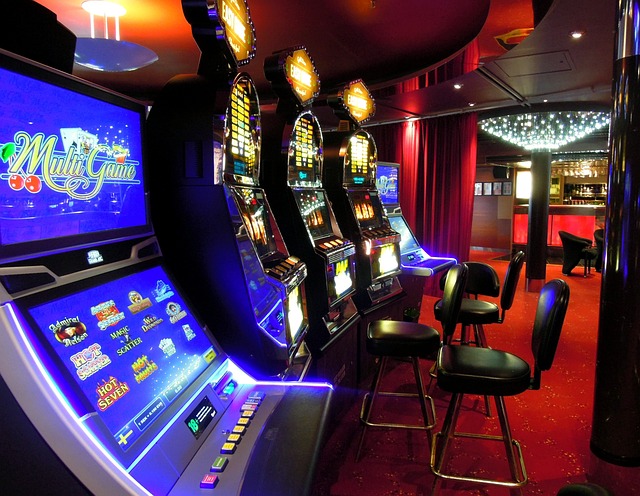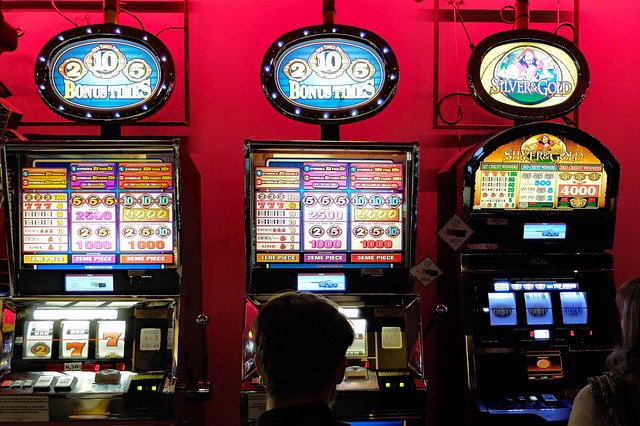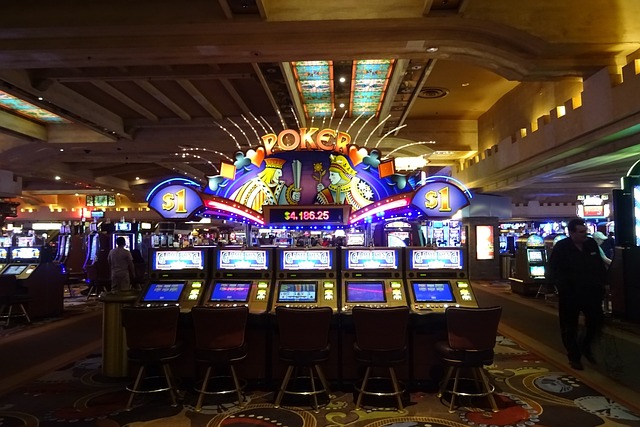Slot games are some of the most popular attractions in both land-based and online casinos. While they appear simple—just spin the reels and hope for the best—their design is anything but. Behind the flashing lights and catchy music lies a world of carefully crafted psychological techniques. These games are engineered to be immersive, exciting, and, most importantly, hard to walk away from. Understanding the psychology behind slot game design reveals how developers use visual, auditory, and behavioral cues to capture attention, trigger emotion, and encourage repeated play.
The Role of Visual Stimuli
Slot games are designed to be visually appealing. Bright colors, animated reels, spinning icons, and dynamic symbols are not just for entertainment—they’re a form of stimulation that keeps players engaged. Developers often use warm, saturated colors like red, gold, and purple to create a sense of excitement and luxury.
Modern slots also include theme-driven designs—from ancient Egypt to outer space—which give players a sense of story and progression. This added narrative dimension helps players feel like they are on a journey, rather than just pressing a button repeatedly.
Near-miss visuals are another psychological tool. When two jackpot symbols land on the reels with a third just missing the mark, it creates the illusion of being “close to winning,” encouraging continued play despite the loss.
Sound and Music Engineering
The sound design of slots is equally important. Celebratory tunes, coin drop effects, and jackpot sounds are all intended to trigger positive reinforcement. Even small wins are often accompanied by over-the-top sound effects, giving players the feeling of success—even if the win is smaller than the original bet.
Ambient music is usually fast-paced and upbeat, which increases adrenaline and energy levels, keeping players alert and involved. The audio feedback is also timed to coincide with spinning reels, bonus triggers, and free spin rounds, creating a fully immersive experience that’s difficult to step away from.
The Power of Random Rewards

One of the most effective psychological mechanisms used in slot games is the variable-ratio reinforcement schedule. This concept, borrowed from behavioral psychology, refers to giving rewards at unpredictable intervals. Instead of knowing when a win will come, players keep spinning in hopes of hitting the next one.
This randomness mirrors the reward system used in social media likes or loot boxes in video games—it’s highly addictive because it activates the brain’s dopamine system. The possibility of a large win, even if rare, keeps players engaged for long periods.
Losses Disguised as Wins
Another psychological tactic is the concept of “losses disguised as wins” (LDWs). For example, if you bet $1 and win $0.50, the game still celebrates the event with lights and sound, even though you’ve lost money. This positive feedback loop encourages players to keep playing, as the brain reacts more to the stimulus than to the actual outcome.
By blurring the line between winning and losing, slot games maintain a sense of forward motion and excitement, which makes it easier for players to overlook how much they’re actually spending.
The Illusion of Control
Even though slot games are based on RNG (Random Number Generators), many include features like “hold and spin” options, “pick a box” bonuses, or choosing the number of paylines. These features create the illusion of control, making players feel that their decisions influence the outcome.
This sense of control increases engagement and makes the experience feel more interactive and skill-based, even though the results are still entirely random.
Gamification and Progression Features

Modern online slots often incorporate gamified elements such as levels, achievements, and unlockable content. These systems tap into the human desire for progress and accomplishment.
Players may receive rewards for reaching a certain number of spins or unlocking bonus features over time. These progress bars, leaderboards, and loyalty rewards encourage longer play sessions, as users feel compelled to complete goals or earn rewards, much like in video games.
Social Proof and Multiplayer Features
Some slots now feature shared jackpots, chat functions, or live wins from other users. Seeing others win in real-time creates a sense of social proof—if others are winning, you might be next. This shared experience fosters a form of community and competition, making the game feel more alive and urgent.
Even though each spin is individual, the appearance of community boosts emotional investment and time spent on the game.
Final Thoughts
The psychology behind slot game design is a mix of science, storytelling, and sensory manipulation. Through careful use of visuals, sounds, random rewards, and gamification, developers create experiences that are engaging, rewarding, and often habit-forming. These elements work together to keep players immersed, often beyond the point of rational decision-making.
While understanding these techniques can help players become more aware of their behaviors, it also underscores the importance of playing responsibly. By recognizing the psychological tools at work, players can make more informed choices—and enjoy slot games for entertainment, rather than compulsion.
